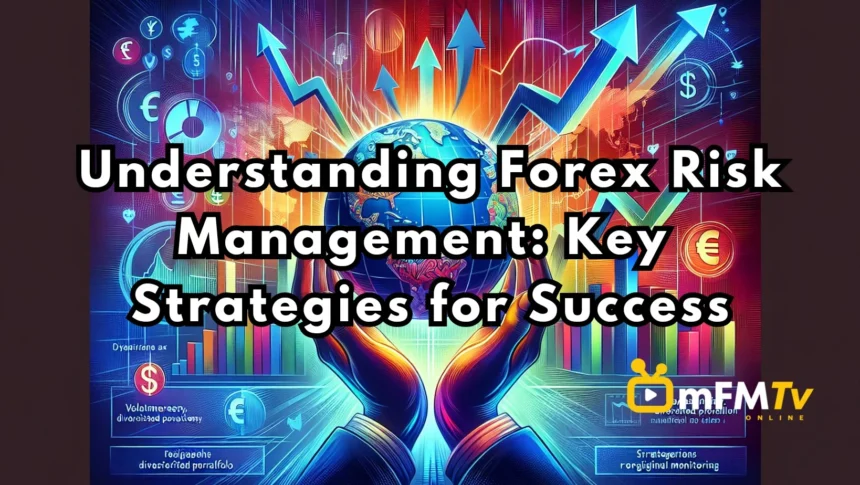Forex trading, with its potential for high returns, also comes with significant risks. Effective risk management is essential for achieving long-term success and safeguarding your capital in the highly volatile world of Forex. This article explores key strategies for managing risk in Forex trading, helping you to minimize losses and enhance your trading performance.
1. Setting Clear Risk Tolerance Levels
Before you start trading, it’s crucial to define your risk tolerance. This involves determining how much of your trading capital you are willing to risk on a single trade. A common rule of thumb is to risk no more than 1-2% of your total capital on any single trade. By setting clear risk limits, you ensure that one losing trade will not significantly impact your overall portfolio.
2. Using Stop-Loss Orders
A stop-loss order is a powerful tool in risk management. It allows you to set a predetermined price at which your position will be closed automatically if the market moves against you. This helps limit potential losses and protects your trading capital. Ensure that you place stop-loss orders at strategic levels based on your analysis, and avoid moving them further away from your entry point to prevent greater losses.
3. Implementing Take-Profit Orders
Just as important as setting stop-loss orders, take-profit orders enable you to lock in profits when the market moves in your favor. By setting a target price at which your position will be closed automatically, you can secure gains and avoid the temptation to hold out for further profits, which could result in losses if the market reverses.
4. Managing Leverage Carefully
Leverage allows you to control a larger position with a smaller amount of capital. While it can amplify profits, it also increases the potential for losses. Use leverage cautiously and ensure that it aligns with your risk tolerance. Over-leveraging can lead to significant losses, especially in volatile market conditions.
5. Diversifying Your Trades
Diversification involves spreading your investments across different currency pairs or financial instruments to reduce risk. By not putting all your capital into a single trade or currency pair, you minimize the impact of adverse movements in one market. Diversification helps to balance your portfolio and manage overall risk more effectively.
6. Monitoring Economic Indicators and Market News
Forex markets are influenced by a range of economic indicators and news events. Staying informed about relevant economic reports, central bank decisions, geopolitical events, and other market-moving news is crucial for making informed trading decisions. Incorporate fundamental analysis into your trading strategy to anticipate potential market impacts and adjust your risk management accordingly.
7. Maintaining a Trading Journal
Keeping a trading journal is an effective way to track your trades, analyze your performance, and identify patterns in your trading behavior. Documenting your trades, including entry and exit points, reasons for taking the trade, and outcomes, helps you learn from both successes and mistakes. This self-reflection can enhance your risk management strategies over time.
8. Adjusting Position Size Based on Volatility
Market volatility can significantly impact risk. During periods of high volatility, it’s wise to adjust your position size to account for larger price swings. Reducing your position size during volatile conditions helps to mitigate potential losses and manage risk more effectively.
9. Using Risk-to-Reward Ratios
Risk-to-reward ratios are a critical component of risk management. This ratio compares the potential risk of a trade to the potential reward. A favorable risk-to-reward ratio (e.g., 1:2 or higher) ensures that the potential reward justifies the risk you are taking. Aim to select trades with a positive risk-to-reward ratio to improve your chances of overall profitability.
10. Continual Education and Adaptation
Forex markets are dynamic and constantly evolving. Continuous education and staying updated with market trends, trading strategies, and risk management techniques are essential for long-term success. Adapt your strategies as needed based on changing market conditions and your evolving understanding of the Forex market.
Conclusion
Effective risk management is vital for successful Forex trading. By setting clear risk tolerance levels, using stop-loss and take-profit orders, managing leverage, diversifying your trades, staying informed about market news, and maintaining a trading journal, you can better control risk and protect your capital. Remember, consistent application of these risk management strategies will enhance your chances of achieving long-term success in the Forex market.




